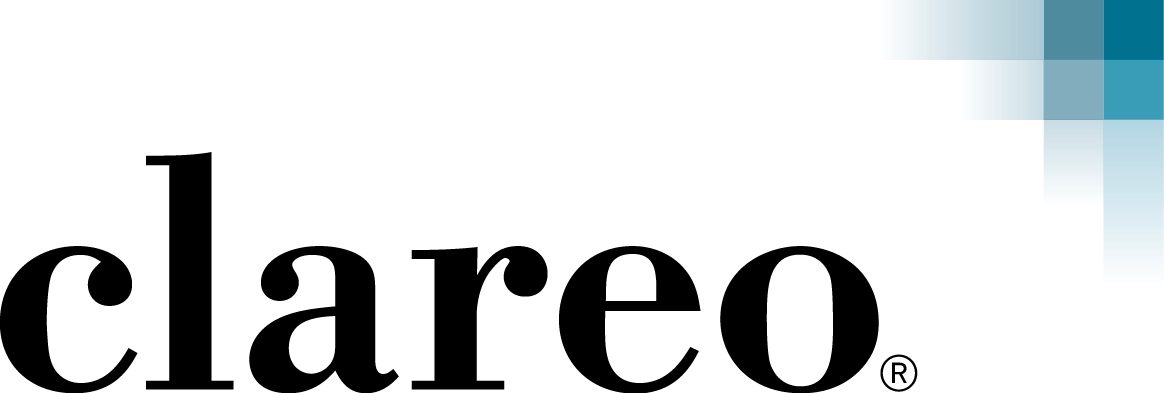The past five years have been tough for many European companies, but if they make sound strategic decisions now, the future could be bright. We sat down with Clareo’s new European lead, Jørn Bang Andersen to talk about opportunities for growth. What is the status of growth strategy in Europe right now?
The economic downturn forced European companies to downsize and cut costs—both are finite activities and neither yield long-term solutions. On the other hand, innovation is an infinite activity. It is time for European companies to refocus on business development with innovation at the center of growth. Companies won’t be able to expand globally if they don’t innovate. I predict that in Northern Europe we will see a lot more investment in innovation in next five years.
What are opportunities for growth in European companies? One of the benefits of a large public sector is that we are good at providing public services, and have developed public-private partnerships that work. For example, expertise on robotics within farming is now being transferred to global healthcare. Other areas of expertise are water and waste management; we can transfer our expertise to emerging markets such as the Middle East.
Europe is generally better than the US at coming up with solutions with more balanced outcomes for a larger percentage of the population. We are systems thinkers who consider communities and focus on collaboration. On the other hand, the US is better at entrepreneurship and regulation that supports entrepreneurs. Europe could learn a lot from the US in this respect.
Is sustainability good for business?
European countries have a head start on sustainability that stems from our lack of space and natural resources. When you live in a densely populated country with few natural resources, you have to think differently. Europe has a long tradition of designing from a scarce resource base. It’s simple, if you use less input, you lower costs, which is good for business. As well, sustainability drives innovation and as I’ve mentioned above, innovation drives growth. Interestingly, designers from Denmark and Japan appreciate each other’s design. Both value beauty, minimalism and efficient use of materials.
Lastly, I find green growth in Germany and South Korea to be fascinating. Both are manufacturing countries with limited access to fossil fuel. As a result, they made a bet on non-fossil fuel technologies—in 2012, 25% of Germany’s energy was from renewables. Both have been able to substantially increase their manufacturing base. Everyone is betting on where economic growth will come from. Those who stick to a centralized fossil fuel economy might be left behind if a decentralized model turns out to be more resilient.
Any final predictions on innovation?
Innovation won’t be the preferred concept in ten years time. Design will be the overarching theme, encompassing a holistic, systemic and sustainable approach. Europe can help lead this evolution.
If you would like to discuss growth strategy and innovation, please reach out to me directly at: jandersen@clareo.com.
